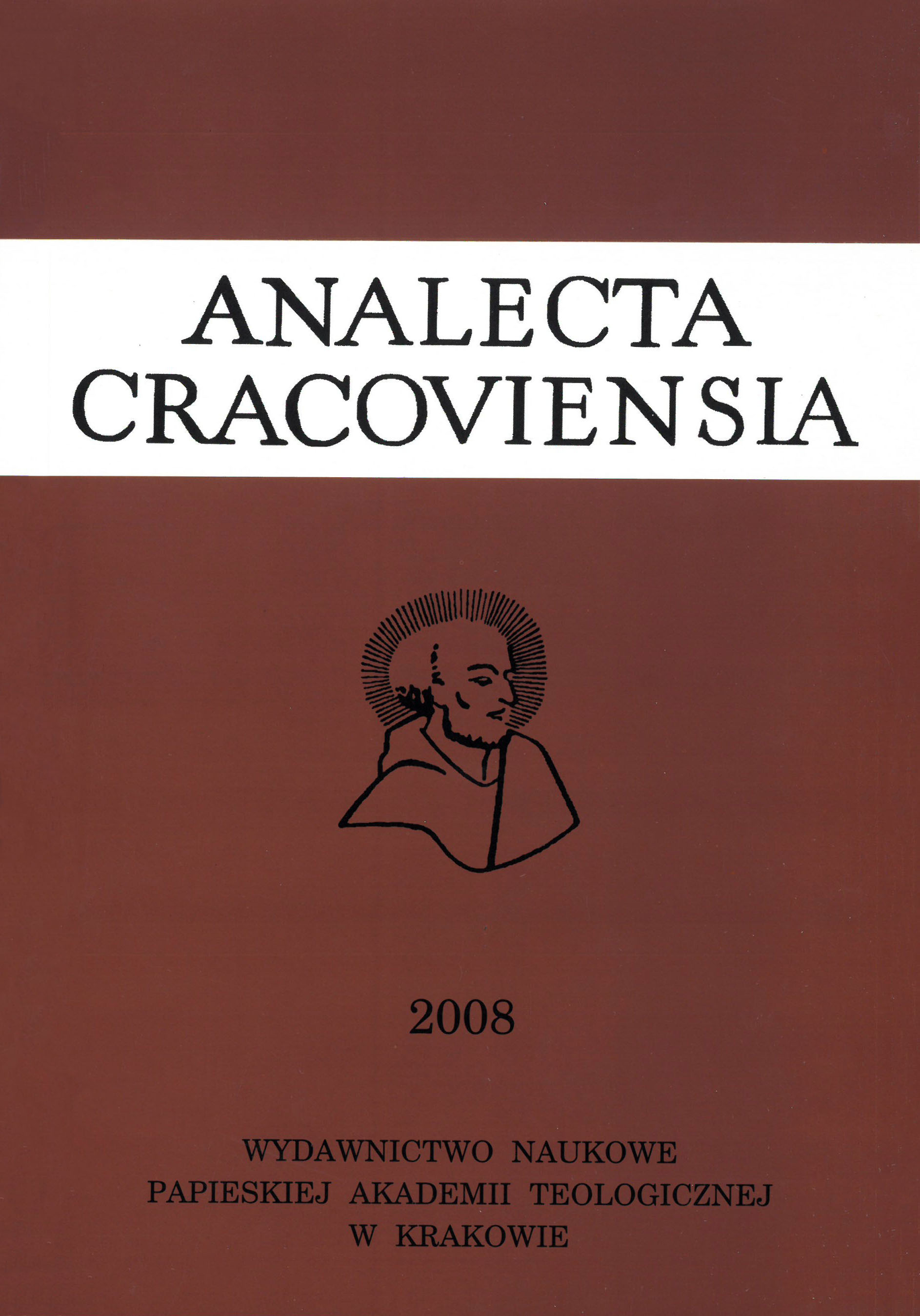Beda Czcigodny o klasztorach mieszanych na Wyspach Brytyjskich (Historia Ecclesiastica, III–IV w.)
DOI:
https://doi.org/10.15633/acr.4022Abstrakt
The system of double monasteries, or monasteries for both men and women, is as old as that of Christian monasticism itself. The double monastery in its simplest form was that organization said to have been founded in the fourth century by St. Pachomius, an Egyptian monk. This settlement soon became a proper nunnery under the control of the superior of the monks, who delegated elderly men to care for its discipline. Through the ages, double monasteries comprising communities of both men and women dwelling in contiguous establishments, united under the rule of one superior, and using one church in common for their liturgical offices. It’s cannot be stated with any certainty when the system found its way into the West. At the opening of the sixth century, double monasteries existed in Gaul. St. Caesarius of Arles persuaded his sister Caesaria to join him at Arles, to preside over the women who had gathered there to live in monastery under his guidance. Later the system of double monasteries in Gaul was widely propagated by St. Columbanus and his followers. The double monasteries seem always to have flourished wherever the fervor of the Irish missionaries penetrated. In a short time, British Isles were became covered with similar dual establishments, of which Whitby, Coldingham, Ely, Sheppey, Minster, Wimborne, Barking and Kildare are prominent examples. Abbesses ruled these houses.
Bede Venerabilis in his work Historia Ecclesiastica gentis Anglorum, gives much information about double monasteries and the most famous abbesses. Princesses, royal widows, sometimes reigning queens, began to found monasteries, where they lived on terms of equality with the daughters of ceorls and peasants. Bede writes that from the beginning of Christianity in England, the women, and particularly these royal women, were as active and persevering in furthering the Faith, as their men. Hild from Whitby, Aethelthryth (Etheldreda) from Ely, Aethelburh (Ethelburga) from Barking are the most luminous examples of powerful abbesses. A system of double monasteries was always an object of solicitude and strict legislation at the hands of ecclesiastical authority. Many synodal and conciliar decrees recognized its dangers, and ordered the strictest surveillance of all communications passing between monks and nuns. The Norman invasions of the eight and ninth centuries destroyed the double monasteries of British Isles and, when they were restored, it was for one sex only, instead of for a dual community.
Pobrania
Opublikowane
Numer
Dział
Licencja
Prawa autorskie (c) 2022 Justyna Kastelik

Praca jest udostępniana na licencji Creative Commons Attribution-NonCommercial-NoDerivatives 3.0 Unported License.
Obecnie autorzy publikujący w czasopiśmie udzielają jego wydawcy zgody o następującej treści:
- Autor zachowuje autorskie prawa majątkowe do utworu, a jednocześnie udziela wydawcy czasopisma zgody na jego pierwszą publikację w wersji drukowanej i wersji online na licencji Creative Commons Uznanie autorstwa 4.0 Międzynarodowe oraz zgody na wykonywanie opracowań, w tym przekładów.
- Autor ma możliwość udzielania zgody niewyłącznej na opublikowanie utworu w wersji, która ukazała się w czasopiśmie (np. zamieszczenia go w repozytorium instytucjonalnym lub opublikowania w książce), wraz z informacją o jego pierwszej publikacji w czasopiśmie.
- Autor może umieścić swój utwór online (np. w repozytorium instytucjonalnym lub na swojej stronie internetowej) jeszcze przed zgłoszeniem utworu do czasopisma.

